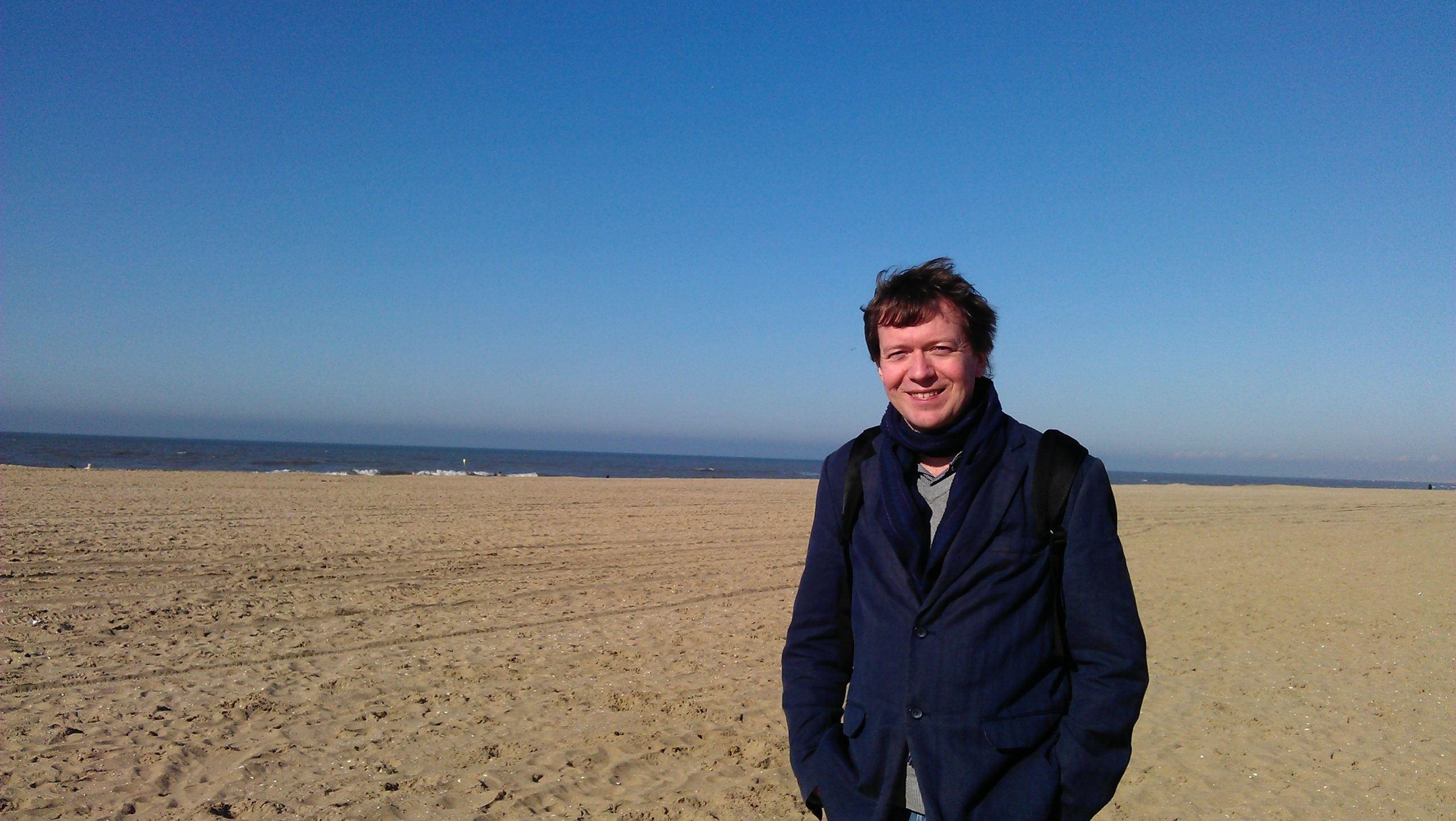
In the cold light of day, Tokyo can seem grey and sterile.
But at night and in the early evening, when the light fades from the sky, Tokyo is magical.
The neon buildings begin to shine as the sky turns from pale blue to deep blue to black. You get that in any city but here in Tokyo it is somehow different, more beautiful and more seductive.
In Tokyo, even busy city streets can be incredibly quiet.
Walking along these busy but quiet streets feels like luxuriating in a cocoon, or a warm bath.
Then, almost imperceptibly, the atmosphere livens up and gets boisterous as you reach one of the city’s hubs.
Tonight it is Shibuya. Even though it is just a Monday night, the street life is absolutely buzzing. There is good-humoured excited chatter all around.
It’s invigorating to be immersed in Shibuya’s happy swarm of humanity.
A useful landmark for finding tonight’s cinema, Shibuto Cine Tower, is the cylindrical tower of Shibuya 109 on the other side of the road from the cinema.
Shibuto Cine Tower has four screens, each located on a different floor of the building.
The Hurt Locker is showing in the basement screen, which is decked out in mauve seating, mauve carpets, and mauve walls. Not particularly inspiring but not unpleasant either.
I get here twenty minutes before the showing is due to start.
I manage to get an end of the row seat near the back of the auditorium to facilitate a sharp exit should that be required if ‘The Hurt Locker’ is lousy and I need to walk out before the end.
It is not exactly ‘stadium seating’ in this auditorium. There is a very gentle slope from the back of the room down towards the screen, as you would expect.
But then, in a baffling piece of design, the three rows of seats nearest the screen slope gently up rather than down. This would be annoying if you were sitting behind someone thus elevated above you and blocking your view.
‘The Hurt Locker’ lives up to its Oscar-winning hype.
Directed by Kathryn Bigelow, this is a great film, gripping and intense, with terrific performances by Jeremy Renner, Anthony Mackie and Brian Geraghty in the lead roles.
The best thing about ‘The Hurt Locker’ is the masterful pacing of the film.
Although it is a war film, the action scenes are balanced with extended sequences where there are no explosions or exchanges of gunfire.
These spells of inaction are as compelling as the more ‘dramatic’ scenes, in that they establish the atmosphere of the Iraq location and give breathing space both to the actors and to the audience.
Sound, or the lack of it, is used very skilfully. We are not bludgeoned by non-stop action.
Instead, the soundtrack often pulls back to nothing but sporadic ambient sound. This draws you in, rather than pinning you back in your seat.
Jeremy Renner is very good as Sergeant First Class William James, the reckless but inspiring leader of the bomb disposal unit whose existence in Baghdad and beyond is one of grim horror.
But in this film there is no sermonizing about the horrors of war, and no political agenda is peddled. The film makers can take this non-partisan approach now that the war in Iraq is no longer constant front page news.
Even just a couple of years ago it would have been difficult to justify such a seemingly objective take on the Iraq war; there would have been huge pressure to take a stand one way or the other regarding the war, either for or against.
But ‘The Hurt Locker’ doesn’t try to score any political points. It shows the gruesome nature of life in wartime Iraq but leaves the audience to reach their own judgement regarding the justification or foolishness of the Iraq war.
Anthony Mackie as Sergeant Sanborn and Brian Geraghty as Specialist Owen Eldridge put in excellent performances too.
Mackie and Renner’s characters have a good scene near the end, in which Mackie asks Renner how he can take such risks with his life when he has a wife and a kid back home. This scene is not forced at all, it is quiet and reflective and a good example of how the film blends action and characterization.
Although ‘The Hurt Locker’ overall is well worthy of its awards and praise, the ending is executed very clumsily.
The jump from Iraq back to the Renner character’s wife and kid back home is done so suddenly that it feels like a different film.
The mesmerizing quality of what has gone before is tossed away by this abrupt switch to domestic life.
Unfortunately the film’s spell is broken exactly when it should have been reaching its peak, and when the credits roll it is with a sense of anti-climax.
But all in all, there are very few off notes in this brilliant film.
Related Post: ‘Dunkirk’, Curzon Mayfair, London